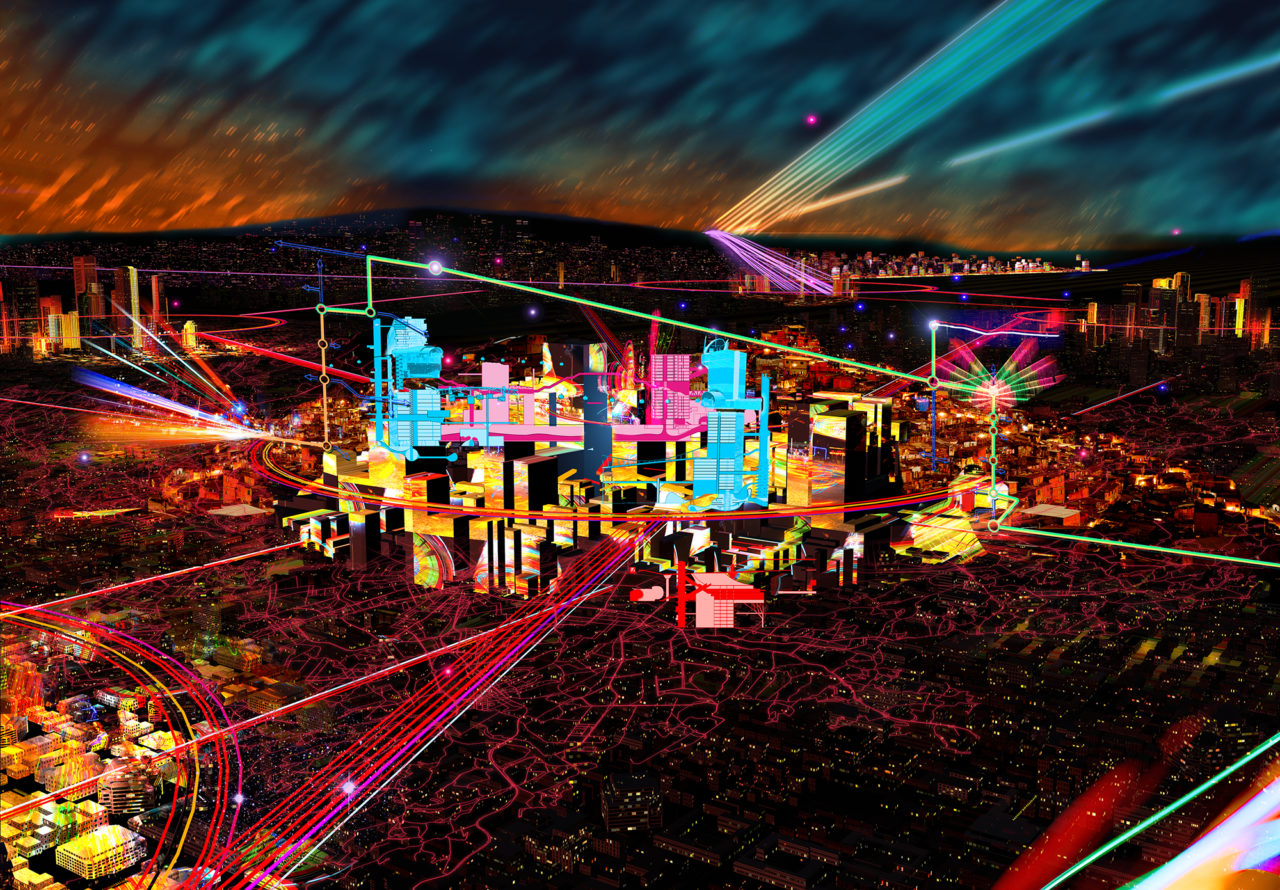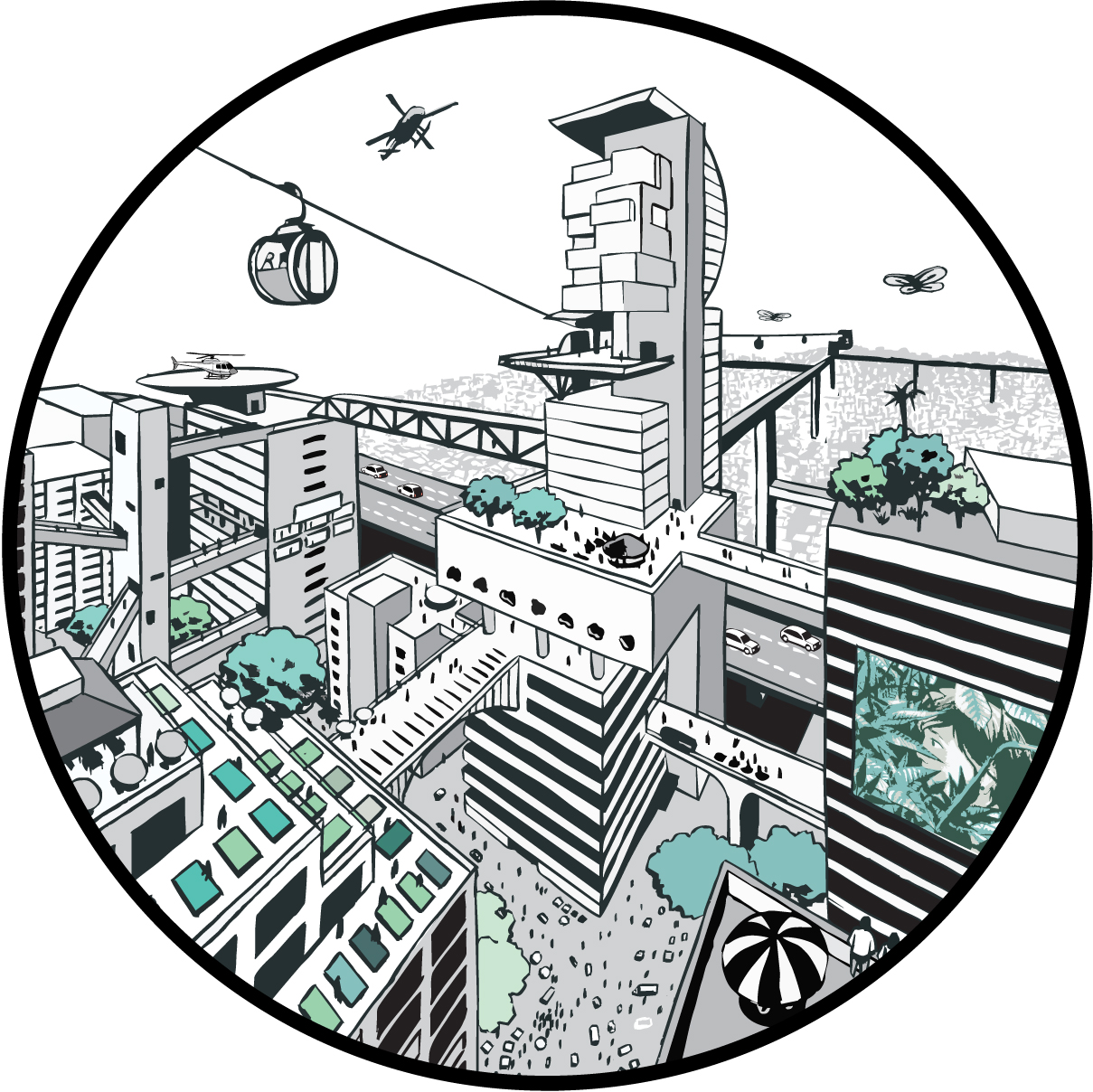
Urban Parangolé is a framework that responds to the human need and desire for movement – it engages us in a dance with the city. This notion pays homage to the work of Brazilian artist Hélio Oiticica and extends the central tenet that ‘life is movement’ from the body into the city. Here, urban mobility serves as a set of strategies to engage the city.
In the last century, rapid urbanization throughout São Paulo’s greater metropolitan region has resulted in a population of nearly twenty million. While this makes São Paulo one of the most vibrant cities in South America, it also creates a condition in which established mobility infrastructure is no longer effective. Asymmetrical urbanization has also perpetuated marginalization and the development of informal settlements. As a result, São Paulo is experiencing both physical and social immobility.
In order to address these complex conditions, it is necessary to expand the definition of sustainability beyond environmental concerns to include both economic and social sustainability. Urban Parangolé generates a framework for this comprehensive approach – a framework that allows conflicting urban forces to engage in a productive coexistence without a homogenizing effect. Integrated mobility infrastructure can serve as the interface for this renewed interaction. Using São Paulo as a testing ground, Urban Parangolé fills a dual role. It is a set of innovative mobility strategies that also serves as a framework in which to insert ecological, social, and economic viability into the city. Urban challenges are no longer seen as inevitable symptoms of growing cities, but as a formative basis for alternative and sustainable urban models.
Lindsey Sherman & Michael Contento
Alfredo Brillembourg & Hubert Klumpner
Chair of Architecture and Urban Design
